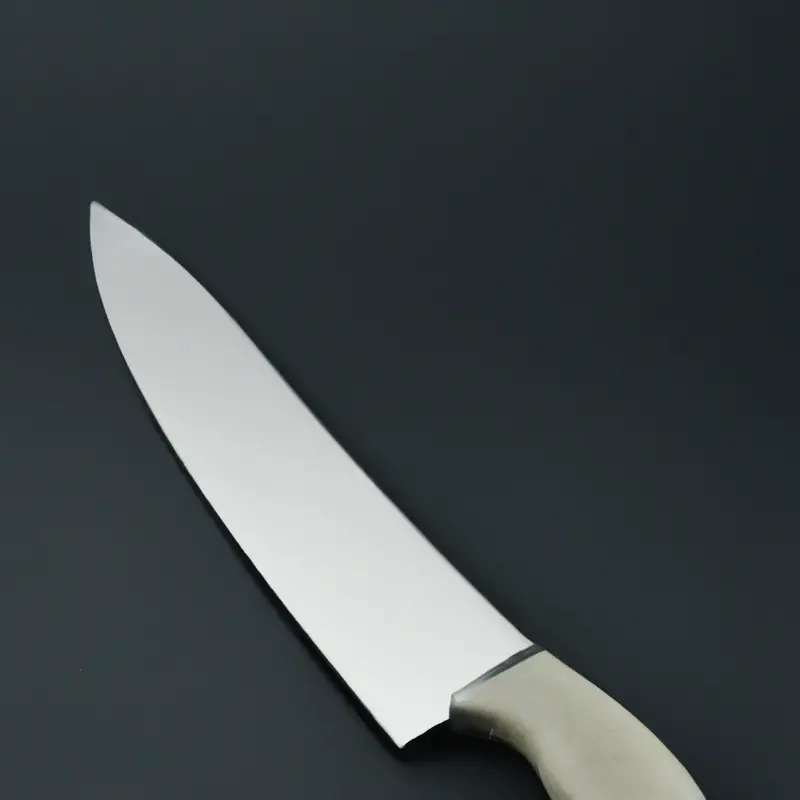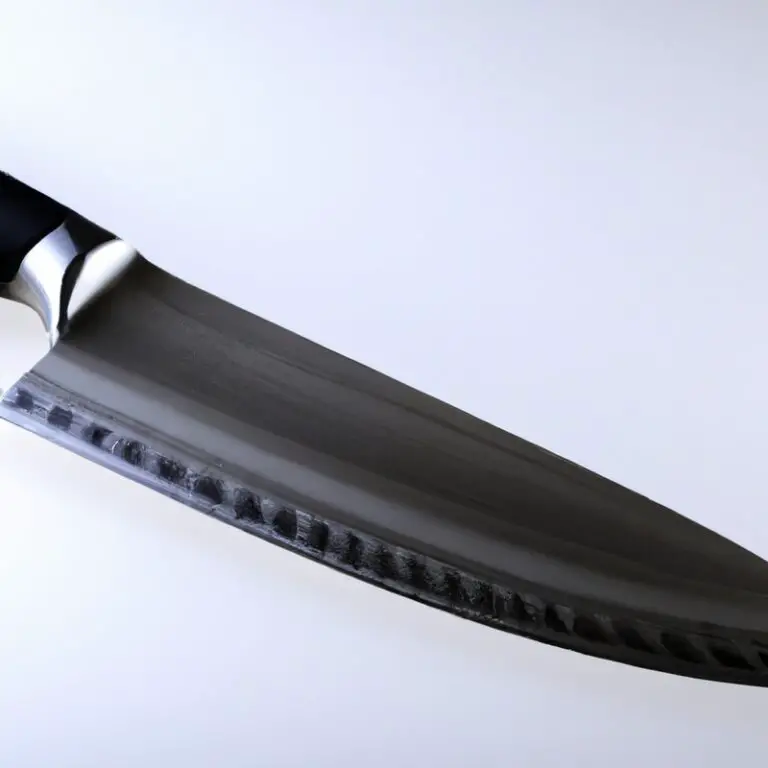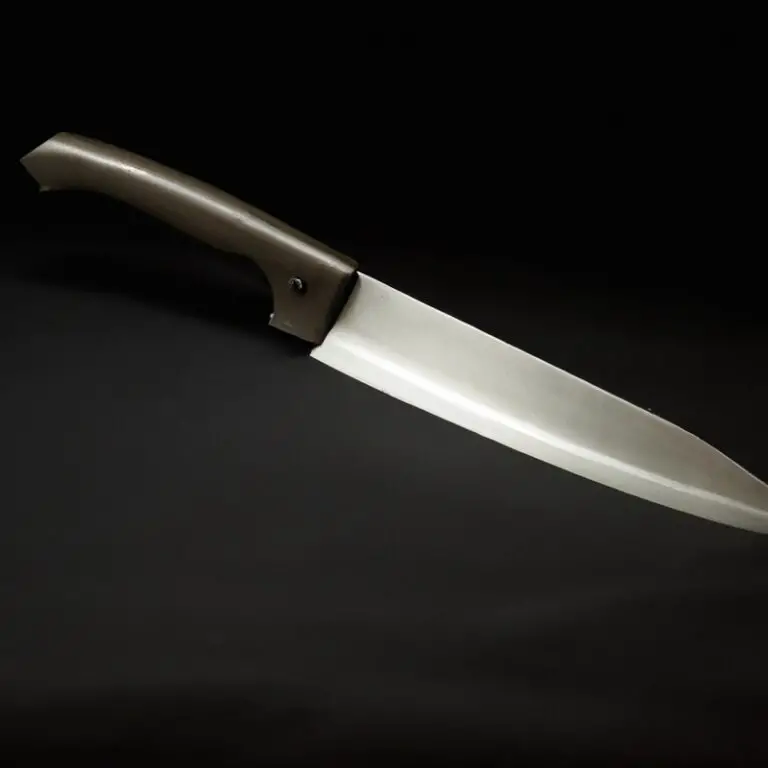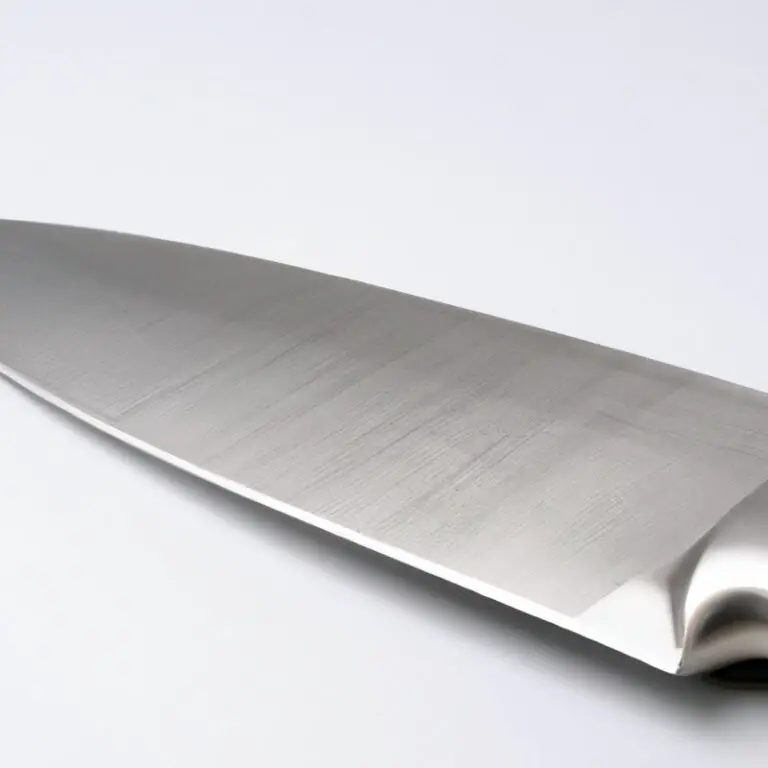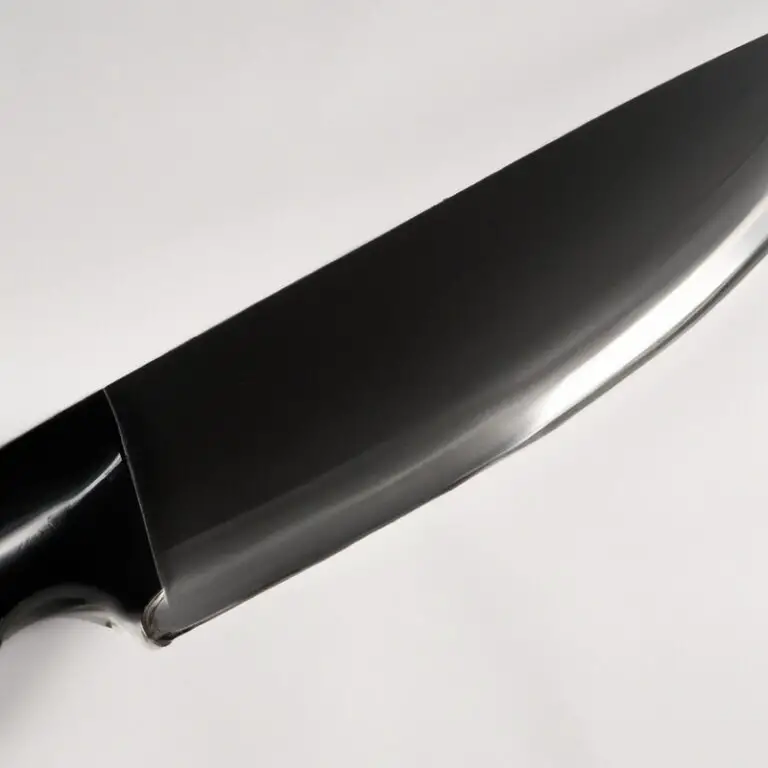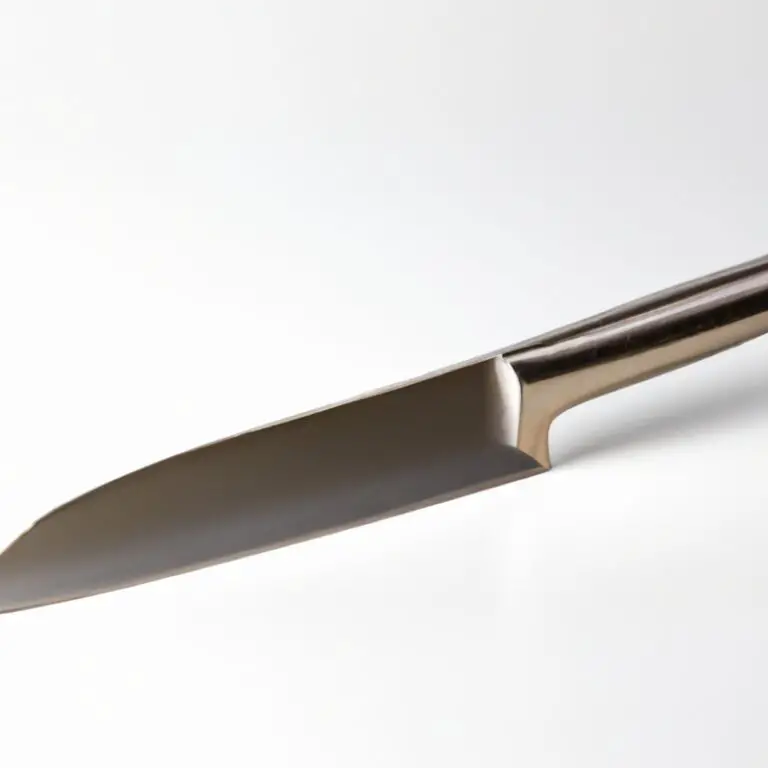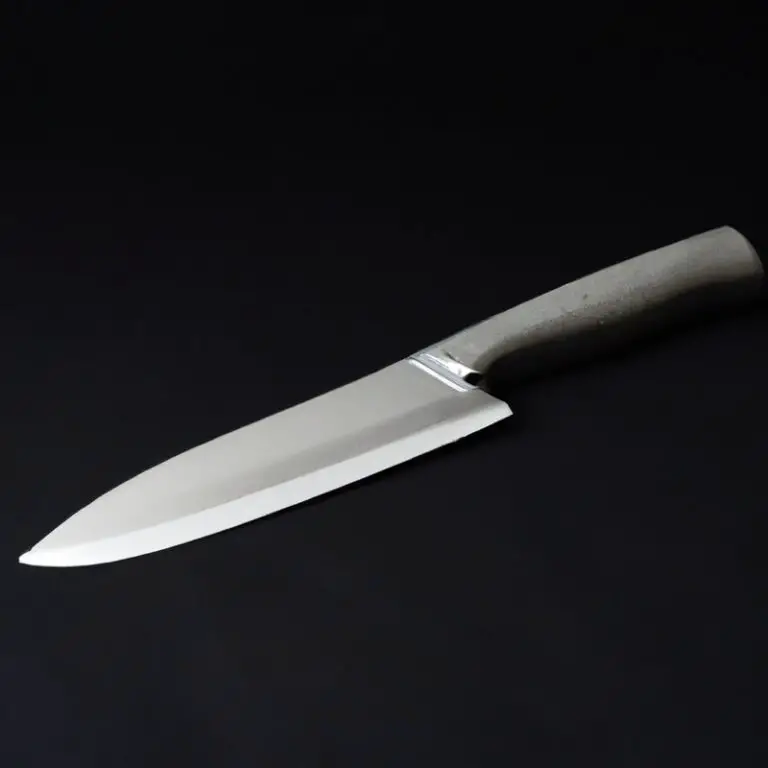Maintaining a Knife Sheath For Santoku Knives – Tips
Key Takeaways:
- Regular maintenance of your Santoku knife sheath is essential to keep the blade sharp and protected.
- Cleaning the sheath with mild soap and water and drying it thoroughly after each use is a simple yet effective way to maintain its durability.
- Store your Santoku knife in its sheath when not in use to prevent accidental damage or injury, and to prolong its longevity.
- Follow the manufacturer’s instructions for care and maintenance, and seek professional help if the sheath becomes damaged or unusable.
Are you the proud owner of a Santoku knife but struggling to keep its sheath in top-notch condition? A knife sheath is crucial because it protects the blade from potential damage and maintains its sharpness for an extended period.
In this blog, I will take you through a comprehensive guide on how to maintain your Santoku knife sheath.
From understanding materials and cleaning techniques, to storage options and repair tips, I’ve got you covered. Ready to maximize the lifespan of your Santoku knife sheath?
Let’s begin!
| Action | Frequency |
|---|---|
| Cleaning the sheath | After every use |
| Oil the sheath | Every 2-3 months |
| Store the knife sheath in a dry place | Always |
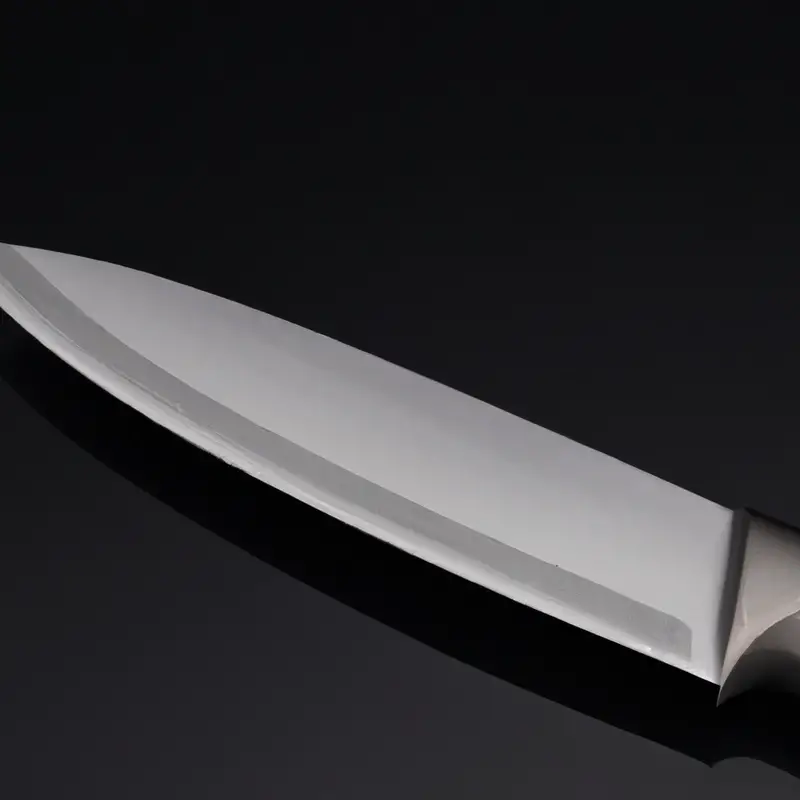
Importance of a knife sheath for Santoku knives
The knife sheath plays a vital role in protecting Santoku knives from damage and keeping them sharp. When not in use, a knife must be stored in a protective sheath to prevent the blade from getting dull or rusted.
A good sheath also ensures the knife’s safety during transportation and keeps the blade clean and dry.
Investing in a high-quality, durable knife sheath is a smart decision that will extend the life of your Santoku knife and protect your investment.
Basic principles of maintaining a knife sheath
To maintain a knife sheath, basic principles include keeping it clean, dry, and oiled. After each use, wipe the knife’s blade clean with a dry cloth to prevent any moisture from reaching the sheath.
Oil the sheath regularly to keep the leather supple and prevent it from drying out, which can lead to cracking and damage.
Avoid storing a wet knife inside the sheath as it can cause rust and corrosion. It’s also essential to remove any dirt, debris or food particles inside the sheath as they can scratch the blade.
As a best practice, avoid exposing the sheath to extreme heat or cold and use a mild cleaning solution when necessary.
Understanding the materials used in Santoku knife sheaths
Santoku knife sheaths can be made from various materials depending on the manufacturer’s preferences. Some of the common materials used include leather, nylon, plastic, and polyester.
Leather is a popular choice due to its durability and classic aesthetics.
Nylon and polyester are lighter and more affordable alternatives. Plastic sheaths are easy to clean and sanitize but not as durable.
When selecting a Santoku knife sheath, it is crucial to consider the quality of materials used to ensure they can withstand regular use and storage.
Proper maintenance of the sheath is also necessary to prevent damage to the materials and enhance their lifespan.
How to clean and oil your Santoku knife sheath
To clean your Santoku knife sheath, use a mild soap and mix it with warm water. Dip a soft cloth into the solution and gently wipe the exterior and interior of the sheath.
While cleaning, be careful not to scratch or damage the surface.
Rinse the cloth with clean water, and wipe the sheath once again. After cleaning, dry the sheath using a clean towel or cloth.
Make sure it is completely dry before applying oil.
To oil the sheath, use food-grade mineral oil or any other specialized oil for knife sheaths. Apply a few drops of oil on a clean cloth or paper towel, and wipe the sheath only on the interior.
Rub it in a circular motion to ensure that the oil is evenly distributed.
Do not over saturate the sheath with oil as this can cause damage to the material and attract dust and dirt. Also, don’t use vegetable oil, as it can turn rancid and cause a foul smell.
By following these simple cleaning and oiling tips, you can extend the lifespan of your Santoku knife sheath and prevent unnecessary wear and tear.
Proper storage for your Santoku knife sheath
Proper storage of your Santoku knife sheath is vital to maintain its longevity. Always store it in a dry and clean place, away from moisture.
Keep it in a drawer, cabinet, or on a knife rack to prevent exposure to dust, bacteria, or other harmful substances.
Avoid storing the knife sheath in direct sunlight or high-temperature zones. It is recommended to store it separately from other sharp objects such as forks and spoons.
The best way to maintain its shape is to keep the knife sheath inserted with the Santoku knife inside it.
By following these storage tips, you can extend the life of your Santoku knife sheath.
How to repair damaged Santoku knife sheaths
To repair a damaged Santoku knife sheath, you can start by assessing the damage. If the damage is minimal, you can use sandpaper or a file to smooth out any rough edges.
You can also apply a small amount of super glue to any cracks or breaks and hold the sheath together until the glue dries.
If the damage is more significant, you may need to replace the sheath entirely. Fortunately, many knife manufacturers offer replacement sheaths for their knives.
You can contact the manufacturer or check their website to see if they offer replacement sheaths for your Santoku knife.
It is worth noting that prevention is always better than cure. To avoid damaging your Santoku knife sheath, always make sure to store it properly, clean and oil it regularly, and handle it with care.
This will increase the lifespan of your sheath and prevent unnecessary repairs or replacements.
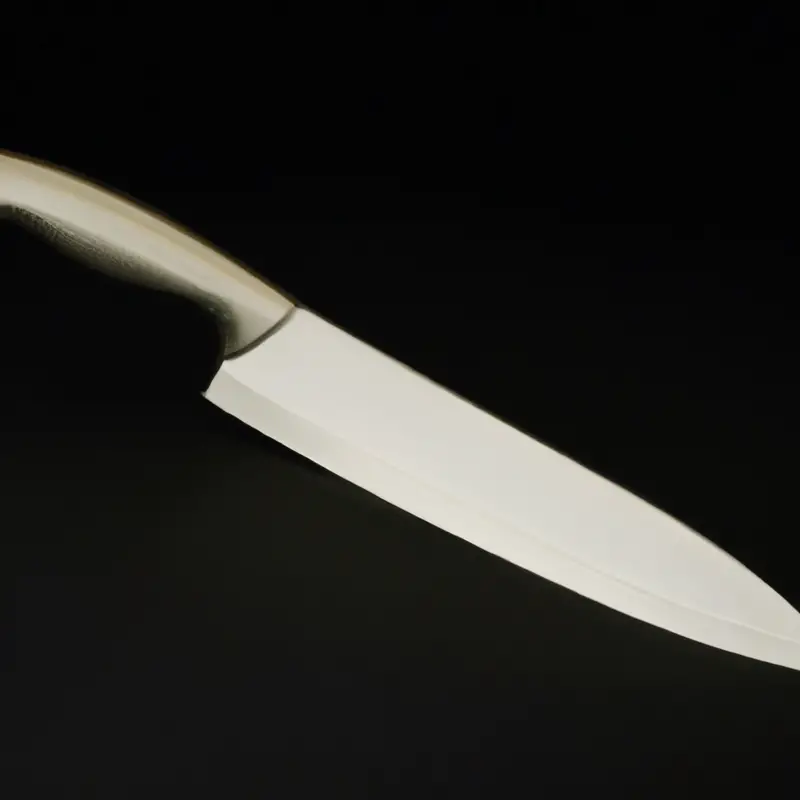
Tips and tricks for maximizing the lifespan of your Santoku knife sheath
To maximize the lifespan of your Santoku knife sheath, you can follow these tips and tricks:
- Avoid exposure to direct sunlight and extreme temperatures as this can cause the sheath to dry out and crack over time.
- Regularly clean the sheath using a damp cloth and mild soap to remove any dirt or debris.
- Apply food-grade mineral oil to the sheath to keep it moisturized and flexible.
- Do not store your knife in the sheath for extended periods as this can lead to moisture buildup and rust.
- If your sheath becomes damaged, repair it as soon as possible to prevent further damage.
Following these tips will help you maintain the appearance and functionality of your Santoku knife sheath for years to come.
Customizing your Santoku knife sheath for optimal performance
Customizing your Santoku knife sheath can lead to improved performance and longevity. Here are some tips to help you customize your Santoku knife sheath:
- Fit: Ensure that your knife fits snugly in the sheath to protect it from damage and prevent it from falling out.
- Material: Consider opting for a sheath made from high-quality materials that resist wear and tear, such as leather or nylon.
- Retention system: If your sheath doesn’t have a retention system, consider installing one to provide added protection to your knife.
- Ventilation: Some sheaths come with ventilation holes that allow air to circulate around the blade, preventing moisture buildup and rust.
- Aesthetics: You can also customize your Santoku knife sheath for appearance by choosing a color or style that suits your taste.
By customizing your Santoku knife sheath, you can prolong the lifespan of your knife, protect it from damage, and improve its overall performance.
Comparing various Santoku knife sheath options
There are several sheath options available for Santoku knives, including plastic, leather, and wooden sheaths. Each type of material has its own advantages and disadvantages.
Plastic sheaths are typically the most affordable option and are easy to clean.
However, they are not as durable as other materials and may not provide as much protection for the blade. Leather sheaths are stylish and durable, providing better protection for the blade.
However, they require regular maintenance and may be more expensive than plastic options.
Wooden sheaths provide a unique, natural look and feel while also being sturdy and durable. They require more maintenance than plastic or leather options, with regular cleaning and oiling necessary to prevent the wood from drying out and cracking.
When choosing a Santoku knife sheath, consider the material and its intended use.
A plastic sheath may be suitable for everyday use, while a leather or wooden sheath may be more appropriate for special occasions or long-term storage.
Final Verdict
Taking good care of your Santoku knife sheath is essential for maintaining the longevity and performance of your knives. By understanding the principles of maintenance, materials, cleaning, storage, and repair, you can keep your knife sheath in top condition.
With the tips and tricks provided, you can maximize the lifespan of your knife sheath and customize it for optimal performance.
Remember to invest in high-quality sheaths made from durable and moisture-resistant materials to ensure the safety and protection of your knives. By following these guidelines, you can trust that your Santoku knives and sheaths will continue to serve you for years to come.

